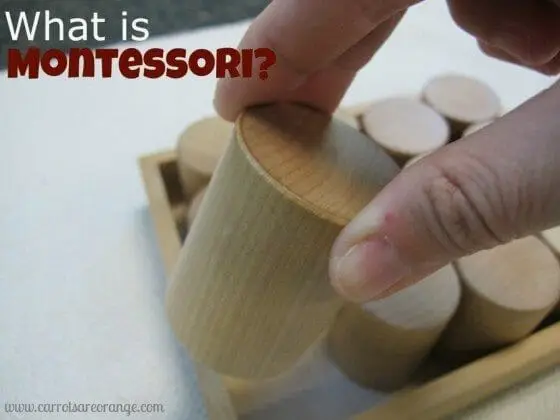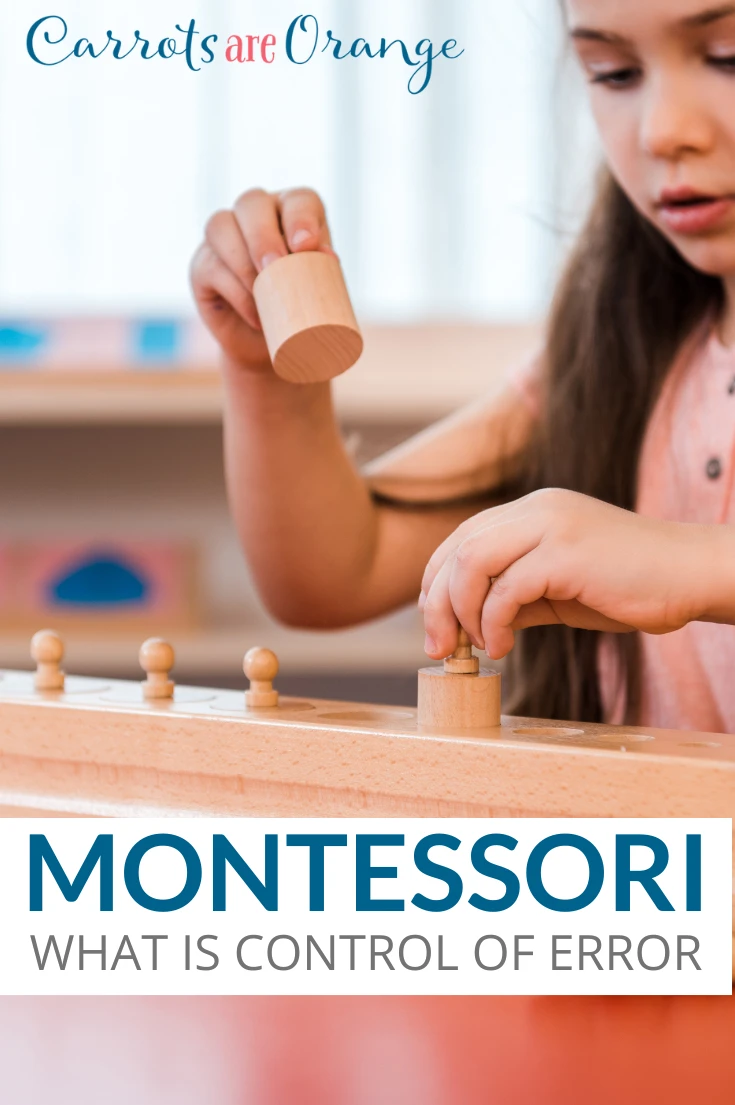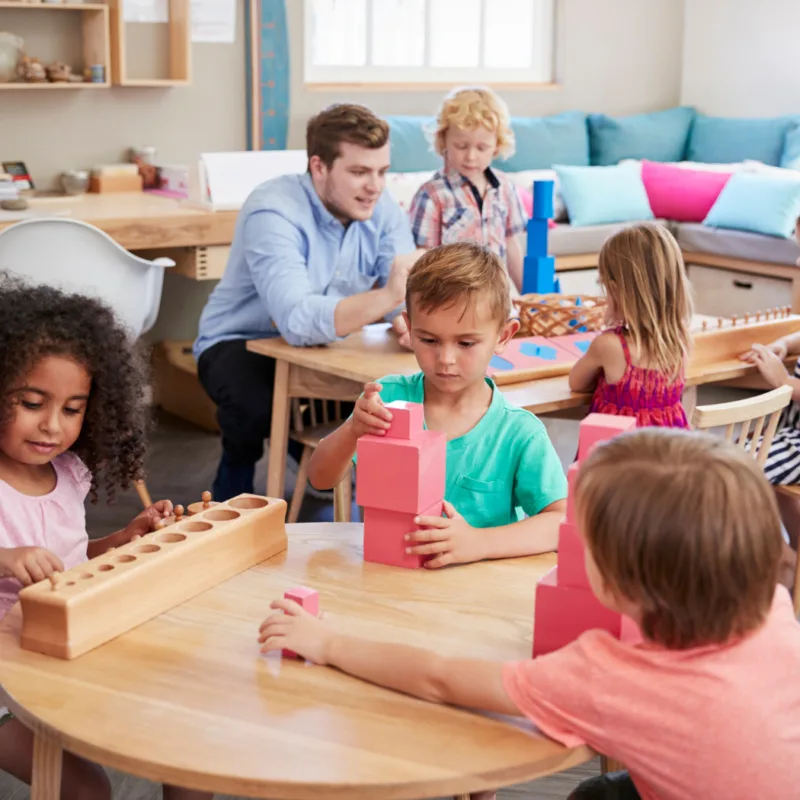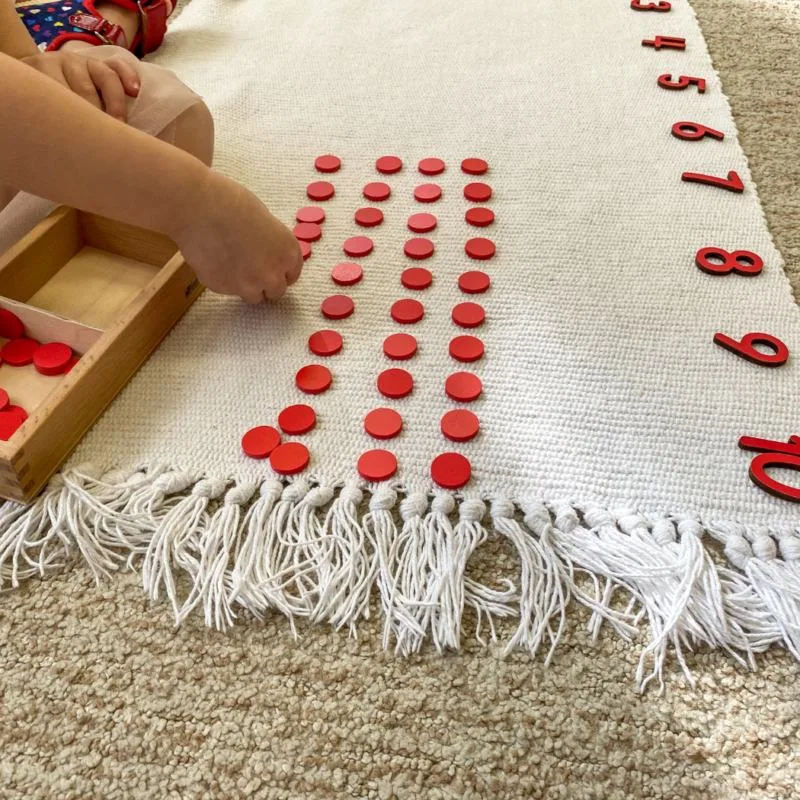Auto-education is a key element of the Montessori philosophy, and it refers to the ability of children to direct their own learning experiences. In this approach, the child is seen as an enthusiastic and capable learner who is empowered to lead the way in their education. One vital concept in auto-education is known as ‘control of error.' This term refers to the way in which the design of learning materials allows children to correct mistakes on their own and to learn from their errors.
The idea is that children are best suited to recognizing their own mistakes and fixing them independently, rather than relying on the teacher's guidance. Control of error ensures that children are able to learn at their own pace and take ownership of their learning experiences.
Once the teacher trains on the method and prepares spiritually to direct a class, she focuses on giving lessons and introducing the child to the materials.
From there, the child leads his learning experience with his own “hands” with control of error built into the works to enable auto-education.

Montessori's Control of Error
“Montessori materials are designed so that the child receives instant feedback as he works, allowing him to recognize, correct, and learn from his mistakes without adult assistance. Putting control of the activity in the child’s hands strengthens his self-esteem and self-motivation as well as his learning.” (Source: American Montessori Society)

What is Auto-Education?
The teacher observes the child and knows when to intervene to direct the child back to an activity that suits his development.
If the child is not treating material properly, the teacher will redirect the child to end that work (perhaps he was not ready to complete that work) or to give another lesson. The child learns respect through these experiences.

Every material in the Montessori classroom contains a “control of error,” the ability for the child to self-correct and for the teacher to stand back to observe and then guide when necessary.
“This self-correction leads the child to concentrate his attention upon the differences of dimension and to compare the various pieces.” {Montessori: A Modern Approach}
Control of Error is automatic feedback that tells the child he needs to adjust to complete the work successfully.

No teacher needs to intervene in the learning process: “The goal is that the child will develop a sense of satisfaction from work itself, not be dependent on the approval of a teacher.” (The Montessori Controversy)
A child learns to make his own decisions and, therefore, to know and comprehend his instincts effectively. He develops confidence and the ability to problem solve.
Thanks for choosing to read this post.
Marnie
